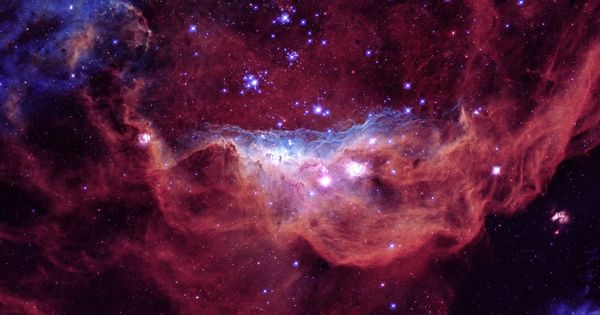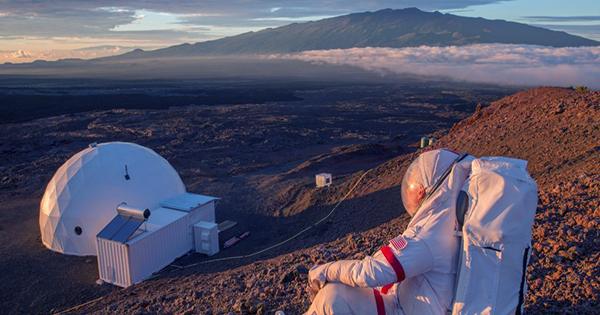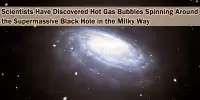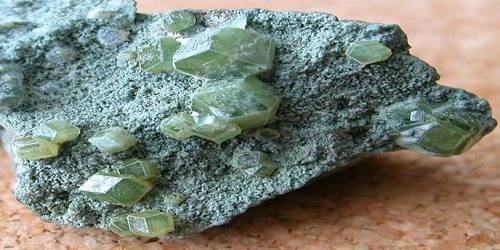S Persei is a red supergiant near the Double Cluster in Perseus, north of NGC 869. It is a Supergiant Star with a high luminosity. It is one of the largest known stars and a member of the Perseus OB1 association. If it were placed in our solar system, its photosphere would engulf Jupiter’s orbit. It is also a semiregular variable, a star with less regular variations than Mira variables.
Discovery
Adalbert Krueger, a German astronomer, named S Persei in 1874 after observing that its brightness varied. It was later cataloged as HD 14528 and BD+57°552 in major stellar catalogues of the time.
Variability
S Persei’s brightness varies slowly by several magnitudes, a factor of more than 40. It has the main period of slightly more than two years, but it is highly unpredictable. There is a significant variation in amplitude ranging from about one magnitude to about four magnitudes, which has been interpreted as beats caused by the second period of about 940 days. Other studies only find the primary period of 813 ± 60 days.
S Persei is a semiregular variable star of type SRc, indicating that it is a supergiant, with one of the largest visual amplitudes of any variable of this type. While it is listed in the General Catalogue of Variable Stars as varying between magnitudes 7.9 and 12.0, it has since been observed to be fainter.
S Persei’s spectral type varies as well. It is typically a red supergiant of spectral class M3 or M4, but at deep visual minima, it may exhibit a much cooler spectral type of M7 or M8, which is highly unusual for a supergiant.
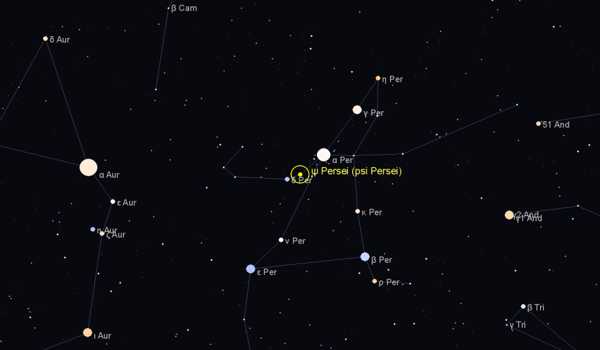
Properties
Many visually bright variable stars belong to this class of semi-regulars because they are extremely large and luminous, and thus visible over long distances. S Persei has been described as a hypergiant, with a radius greater than 700 times that of the sun (R☉). Its angular diameter was directly measured and found to be somewhat elliptical. The radius is 1,212 ± 124 R☉ when modeled as a uniform disk.
Location
S Persei is surrounded by clouds of water molecules, which emit laser radiation. This allows for very accurate distance measurement using very long baseline interferometry, yielding an annual parallax of 0.413 ± 0.017 milliarcseconds. In comparison, the parallax of Gaia Data Release 2 is 0.2217 ±0.1214 mas. It is slightly farther away than the centers of the Double Cluster open clusters, but it is unmistakably within the Per OB1 association and the Perseus Arm of the galaxy. S Persei has two stars. At 69″, the red supergiant has an A0 11th magnitude companion. There are several other stars of 8th to 10th magnitude within half a degree of S Persei.

